Zirconium Aluminum Sputtering Target Description
The Zirconium Aluminum Sputtering Target from TFM is an alloy sputtering material composed of Zr and Al.
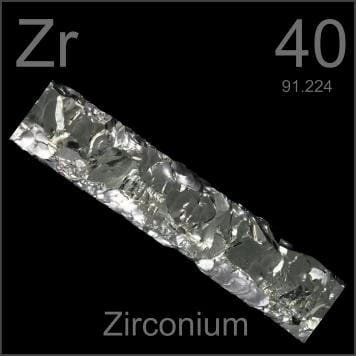
Zirconium, a chemical element, derives its name from the Persian word ‘zargun,’ which translates to ‘gold colored.’ Its existence was first documented in 1789 by H. Klaproth, while J. Berzelius later achieved and declared its isolation. Zirconium is represented by the chemical symbol “Zr” and holds the atomic number 40 in the periodic table. Positioned in Period 5 and Group 4, it belongs to the d-block elements. The atomic mass of zirconium is noted as 91.224(2) Dalton, with the numbers in parentheses indicating the uncertainty of this measurement.
Related Product: Zirconium (Zr) Sputtering Target
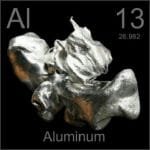 Aluminium, often referred to as aluminum in some regions, is a chemical element that traces its etymology to the Latin word ‘alumen,’ meaning bitter salt. It was first recognized in 1825 by H.C. Ørsted, who not only identified but also isolated the element. Aluminium is denoted by the chemical symbol “Al” and carries an atomic number of 13 in the periodic table. It is positioned in Period 3 and Group 13, categorizing it within the p-block of elements. The atomic mass of aluminium is precisely recorded as 26.9815386(8) Dalton, with the figure in parentheses capturing the slight uncertainty of this measurement.
Aluminium, often referred to as aluminum in some regions, is a chemical element that traces its etymology to the Latin word ‘alumen,’ meaning bitter salt. It was first recognized in 1825 by H.C. Ørsted, who not only identified but also isolated the element. Aluminium is denoted by the chemical symbol “Al” and carries an atomic number of 13 in the periodic table. It is positioned in Period 3 and Group 13, categorizing it within the p-block of elements. The atomic mass of aluminium is precisely recorded as 26.9815386(8) Dalton, with the figure in parentheses capturing the slight uncertainty of this measurement.
Related Product: Aluminium (Al) Sputtering Target
Zirconium Aluminum Sputtering Target Application
The Zirconium Aluminum Sputtering Target is utilized across various industries for thin film deposition. It plays a crucial role in the enhancement of semiconductor devices, displays, LEDs, and photovoltaic systems. Additionally, it is used in the decorative and functional coating of materials within the optical data storage sector. This sputtering target is also essential in the glass coating industry, including applications in automotive and architectural glass. Moreover, it supports technologies in optical communication and other related fields.
Zirconium Aluminum Sputtering Target Packing
Our Zirconium Aluminum Sputtering Targets are meticulously tagged and labeled externally to ensure easy identification and maintain strict quality control. We take extensive precautions to prevent any damage during storage and transportation, ensuring the integrity of our products upon delivery.


 MSDS File
MSDS File
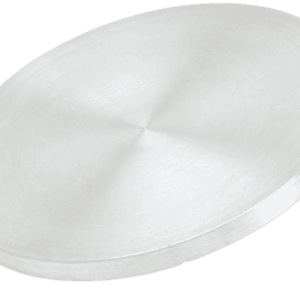
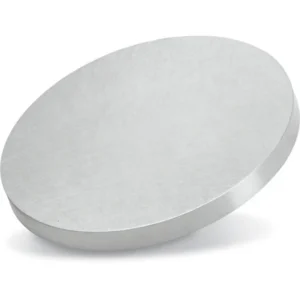
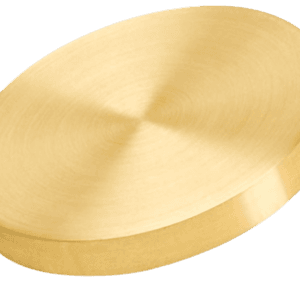
Reviews
There are no reviews yet.